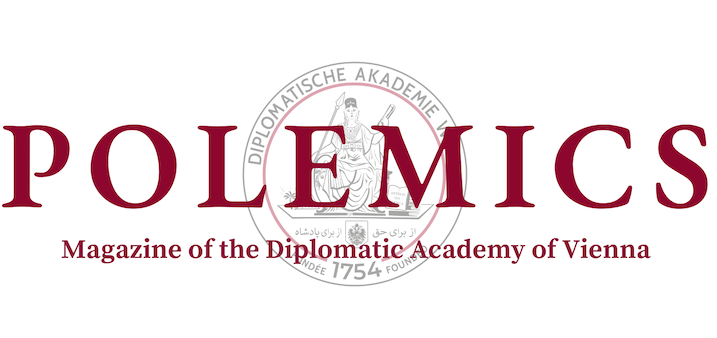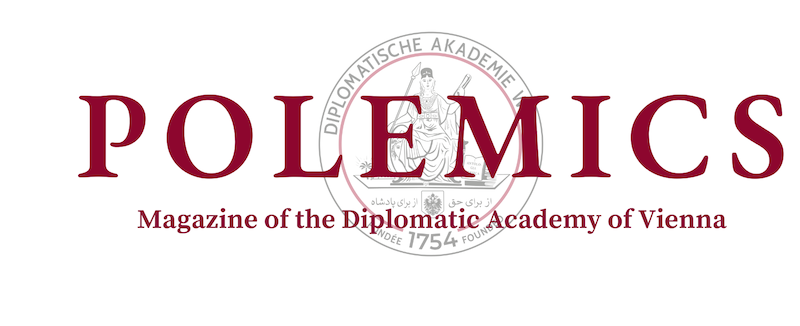By: Brigitte Simone Gerstmann (Guest Writer)
As an international endeavour to protect human health and the environment from anthropogenic mercury emissions, the Minamata Convention was signed on October 10, 2013 in Kumamoto, Japan, dedicating Article 7 exclusively to artisanal and small-scale gold mining–a practice carried out in more than 70 countries by 10-15 million people, including 4-5 million women and children.
Forming the livelihood of millions of people, artisanal and small-scale mining (ASGM) is mostly defined as a labor-intensive, informal work sector with limited use of mechanical tools, productivity, and access to land and markets.
Although carried out in all parts of the world, the activities mainly occur in Latin America, Africa and Asia. ASGM usually involves the usage of elemental mercury in order to extract gold from sediment and rock. This appears to be a merely technical aspect, but it has deep societal repercussions and the potential to catalyze poverty cycles due to the high toxicity and non-degradable nature of elemental mercury.
In the artisanal mining practice, miners usually search for gold in either river sediments or hard rock deposits by surface excavation or shallow tunnels. After prior crushing or gravity separation of mined material, mercury–the only metal that is liquid at room temperature–is used for its unique feature to merge with gold. Thus, by adding elemental mercury, a gold-mercury blend called “amalgam” forms, which is later burned to vaporise the mercury and recover the gold.
Throughout this process, workers are not only exposed to significantly high levels of mercury and mercury vapour, but the toxic element also enters the environment, travels long distances and eventually reaches the food chain.
Freshwater bodies are abundant in bacteria that can convert elemental mercury to an even more toxic form, organic methylmercury. This form tends to accumulate in the fat tissue of fish and its consumers: humans. As a neurotoxin, the health effects of mercury can range from memory issues, deficits in fine motor functions, language disorders, vision and hearing loss, to seizures and permanent overt brain damage and delayed childhood development. Pregnant women present a special concern, since mercury may reach the unborn child.
It is often difficult, however, to differentiate the health effects. According to UNIDO Mercury Program Manager Jerome Stucki, “Life expectancy is short and people are very likely to be sick from a variety of other diseases as well.” Stucki highlights that issues in ASGM communities are manifold: poverty, lack of education and perspectives, sexually transmittable diseases, work accidents through collapsing tunnels or explosives and inadequate drinking water and sanitation.
With poverty being most prevalent, he provides the Mongolian case as an example, where artisanal gold mining did not even exist before the 1990s; after having faced two or three harsh winters, many herders lost large parts of their livestock and were forced to look for alternative livelihoods. Thus, work in this sector is often not the first choice, but it is an economic necessity– with climate change and its pressure on agriculture as an additional driver.
Phasing out the use of mercury is technically possible but still hard to implement, mainly due to the lack of a long-term perspective. According to Stucki, “On a Friday afternoon, people want money instantly, spend it on alcohol, partying and prostitution and rarely plan ahead.” Referring to the short-term thinking in the sector, he adds that the main challenge is to establish a new mentality, which takes a lot of time.
The legal status of the mining activities can additionally catalyse this rationale. A complete ban by governments does not only inhibit investment in new technologies as “a bottle of mercury is easier to run away with,” but it also fuels black market activities, smuggling and illicit money flows.
But whose hands actually dig into dry African soil in the first place to recover the tiny gold particles that now make up our jewellery? All major reports agree that ASGM involves critical societal groups: seasonal workers and migrants, but also women and children. According to the UNIDO specialist, a typical mining community consists of hundreds of people directly involved in mining, but the number of people and families who depend on the activity is five times greater. Additionally, since miners need to sleep, buy food and shop for equipment, entire economies and villages emerge from the mining activity.
Compared to large-scale mining, women are more involved in small-scale gold mining, with regional variations. In Africa, they comprise 40-50 percent of the ASGM workers, while in Asia and Latin America, women account for 10-20 percent. Stucki addresses that communities are incredibly well-organised with clearly assigned roles that determine the individual profit share: “Women play a specific role in this. Unlike men, women work mostly outside mining shafts in crushing, sorting, amalgamation and burning, and simultaneously manage domestic tasks and supply food to the workers.”
In addition to the role of women in ASGM, children are also at play. Practically involved in all stages of the hazardous ore processing, nearly one million boys and girls between the age of 5 and 7 years engage in ASGM activities worldwide, according to a report by the International Labor Organization (ILO). The UNIDO specialist sighs: “Yes, often you can spot children and teenagers at the mining sites.” He then explains that some children only help their parents in their free time, but the situation gets increasingly problematic once they quit school and enter the mining sector due to a lack of perspective or in light of ill or deceased family members.
Artisanal miners produce 20 percent of the world’s gold supply, but the demand is much higher. Luxury brands drive it up by promoting responsible, artisanal gold as a part of their marketing strategy–through wedding rings, for example, that enable customers to support communities in developing countries by paying a slightly higher price.
Yet this requires transparency in the entire gold supply chain, of which the main responsibility is carried by the refiners, 70 percent of which are operating in Switzerland. They refine and purify gold leaving no trace of the initial source or illicit procedures.
Therefore, their cooperation is key to formalise and shorten the gold supply chain. Trading exclusively with official buyers and national banks has several advantages: it cuts down smuggling and illicit money flows, increases tax revenue, allows the refiner to better monitor gold sources and enables the community to achieve better prices.
As a final remark, Stucki adds “There are many issues in the sector and media often depicts it negatively, but artisanal miners receive 60-90 percent of the international gold price. In terms of value transfer from rich to poor countries, this is excellent. The commodity really helps these people by offering a lot of development opportunities.”







